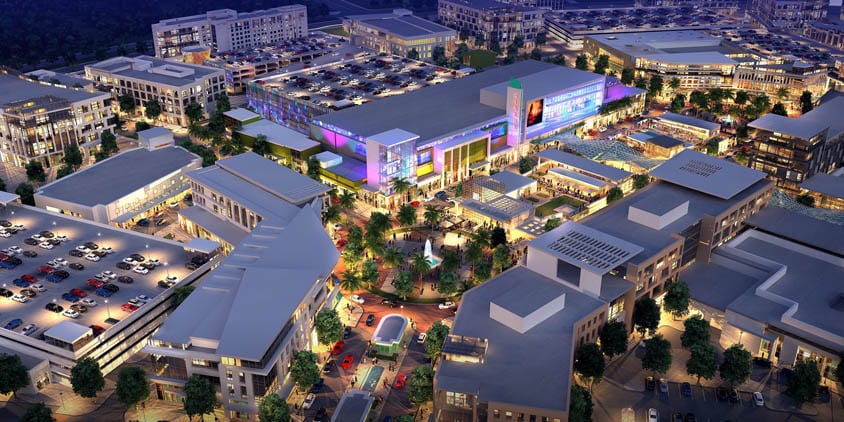There has been a ton of talk of late on what the future holds for retail. While there’s no doubt that a shift is underway, there’s plenty of differing opinions on where that shift may lead us. Every once in awhile, we’re fortunate enough to gain some insight from a recognized leader in the world of retail developments. This is one of those times.
As the Commercial Observer shares, Steiner + Associates’ Yaromir Steiner recently sat down for a lengthy interview to offer up his thoughts on what the future may hold. Steiner developed his first experiential shopping center back in 1990 down in South Florida and hasn’t looked back since. The firm’s massive portfolio comprises retail, residential and mixed-use developments, and has some exciting things on tap, including the development of Lake Nona Town Center in Orlando with developer partner Tavistock Development Company.

Steiner touched on a wide range of topics during his interview, including the overblown story about the alleged demise of brick-and-mortar retail.
“The full death of brick-and-mortar retail is exaggerated, just as everything turning to home delivery by drones is exaggerated. But during this adjustment period, both sides will have to adjust their models; the pure online retailers will need to rethink how they operate and how they are more responsive to the customer, and the brick-and-mortar retailers will need to adjust to a new model of doing business as well,” he said.
While brick-and-mortar isn’t going anywhere anytime soon, there’s no doubt that it will continue to evolve. As Steiner sees it, that opens up some exciting possibilities.
“At the same time we, as developers, need to guess what retailers are going to do in the future so that we don’t do stupid things today. I think we’re going to see a more extensive proliferation of restaurants, bars and clubs and bowling alleys. Retail environments will start looking more like the Georgetown area of D.C. There will be retail, but it will be more of a place to go out to – an urban parallel,” Steiner continued.
As for retailers specifically, Steiner has some ideas on how they can insure customer counts continue to grow.
“The area where retailers are not focusing on enough right now is making the store more experiential. If there was a system whereby I could go to a store, see holograms or big video images of the clothes and see myself in those clothes then be able to purchase them in-store or touch the fabric before ordering… that’s a store I’d go to, because it gives me something different than sitting on my little 16-inch computer at home and trying to figure all of this out,” Steiner added.